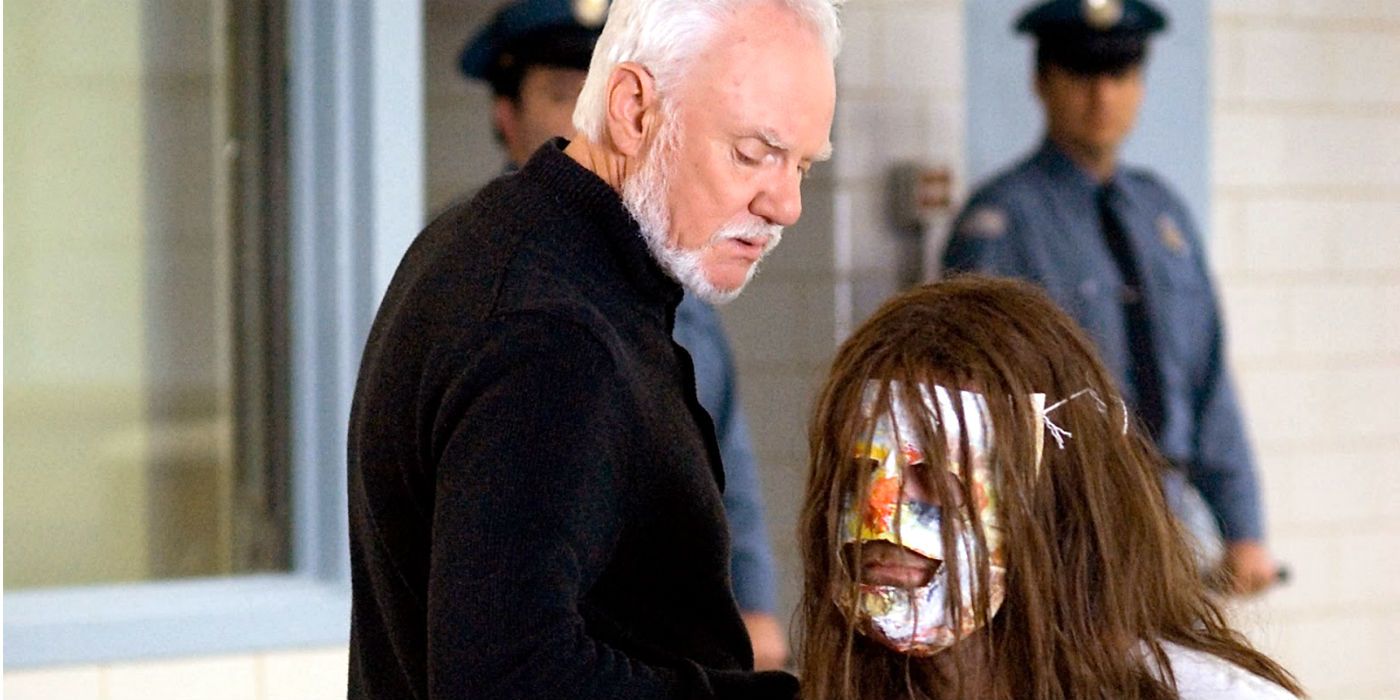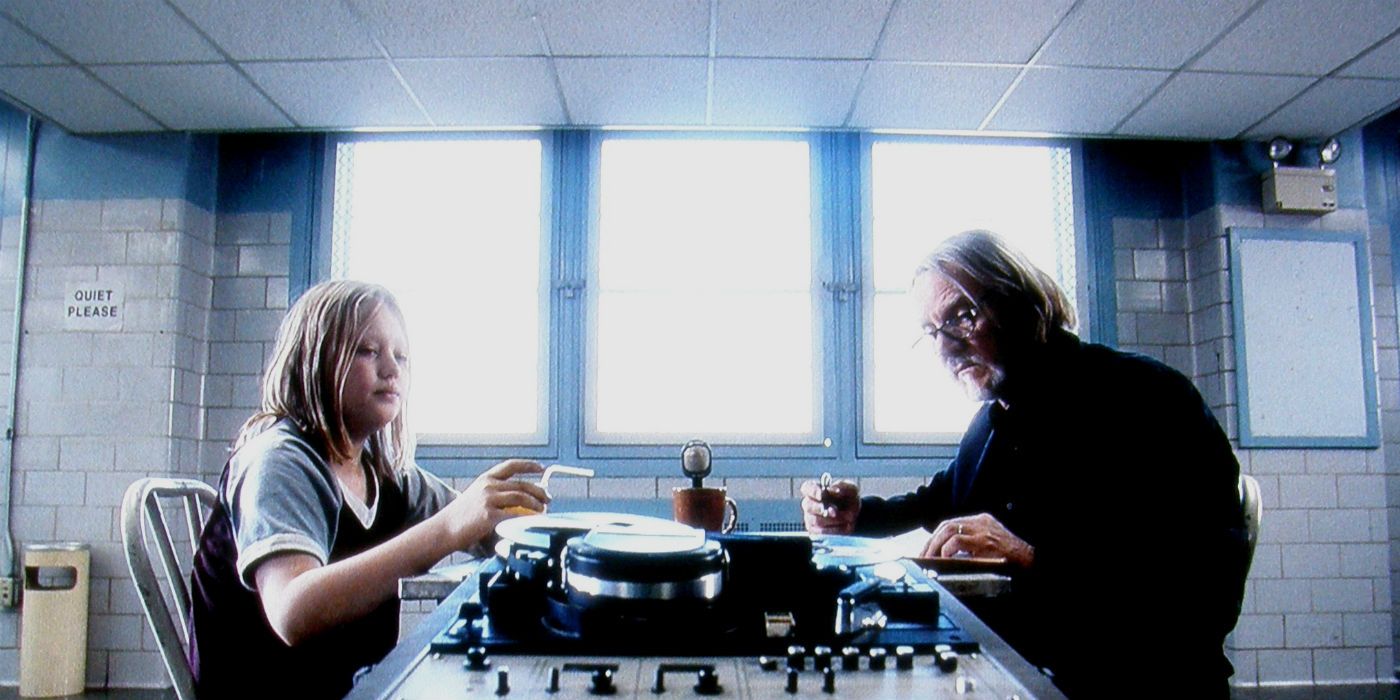Rob Zombie's Halloween (2007) may get a lot of negative reviews from horror fans who are loyal to Carpenter's 1978 original, but Zombie did his best to adapt from the source while putting his own spin on the material.
In 1980, Carpenter sold the television rights to Halloween to NBC for approximately $3 million. The edited version of Carpenter's original film aired for the first time in October 1981. In order to satisfy the Standards and Practices department of NBC, Carpenter had to film an additional twelve minutes of footage that would be edited into the final cut and replace many of the murder scenes. These scenes were shot during filming of Halloween II, and can be found on the LaserDisc version of the original film. Eventually, this alternate version was released by Anchor Bay in 2000 as a limited edition cut.
Rob Zombie's 2007 version deviates from Carpenter's original version in a lot of ways. However, critics and fans who have panned his film for inclusion of additional scenes and plot expansion, such as scenes with young Michael Myers and Dr. Loomis at Smith's Grove are being critical of material which was taken straight from the source.
Rob Zombie's Halloween Adapted Scenes From 1978's TV Version
Some of the scenes in Carpenter's TV version of Halloween included footage of Dr. Loomis at Smith's Grove Sanitarium speaking to other doctors about Michael, showing a similar interest to the boy as Loomis had in Zombie's remake. One particular scene involved Loomis being led to Michael's room with nurses after his escape to find his room trashed, the window broken, and the word "sister" carved into the door. Another scene had Michael sitting completely motionless in his cell. Other scenes were added, but these seemed to be the most of interest to Rob Zombie, who decided to expand on the story of Michael Myers and his family that led up to his murder of his sister, Judith, on Halloween night.
The additional scenes also could reinforce the Michael and Laurie Strode sibling dynamic, depending on one's interpretation; whether he was referring to Judith or Laurie in the alternate version was unclear, though it seems to point toward Laurie. Zombie's Halloween showcased Loomis' focus on the inherent evil in Michael Myers that bordered on obsession, which could be another reference to Carpenter's alternate version. Another scene in the TV version of Halloween has Loomis confronting Michael in his cell after speaking at a board review, telling him: "You've fooled them, haven't you, Michael? But not me." This introduces the cat-and-mouse dynamic between the two characters, and adds more weight to Loomis' pursuit of Myers in both films.
Even though the additional scenes were really a means to an end in the 1978 version, their inclusion brought additional depth to the characters of Loomis and Myers in a similar fashion to what Zombie tried to explore in the theatrical cut, and expanded on further in the unrated cut of Halloween, which bolsters lengthier scenes of the two in Smith's Grove. Despite John Carpenter not liking the film and having strong opinions about Rob Zombie, it was clear an attempt was made to format Zombie's version in a way that paid its due homage to what is widely considered to be a masterpiece.


